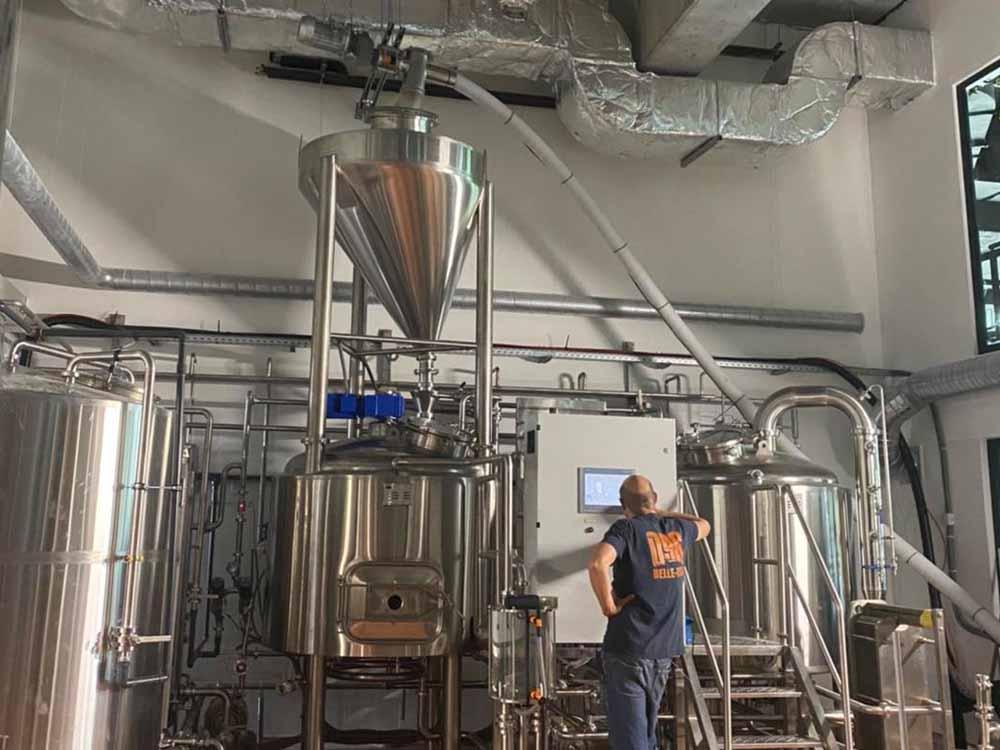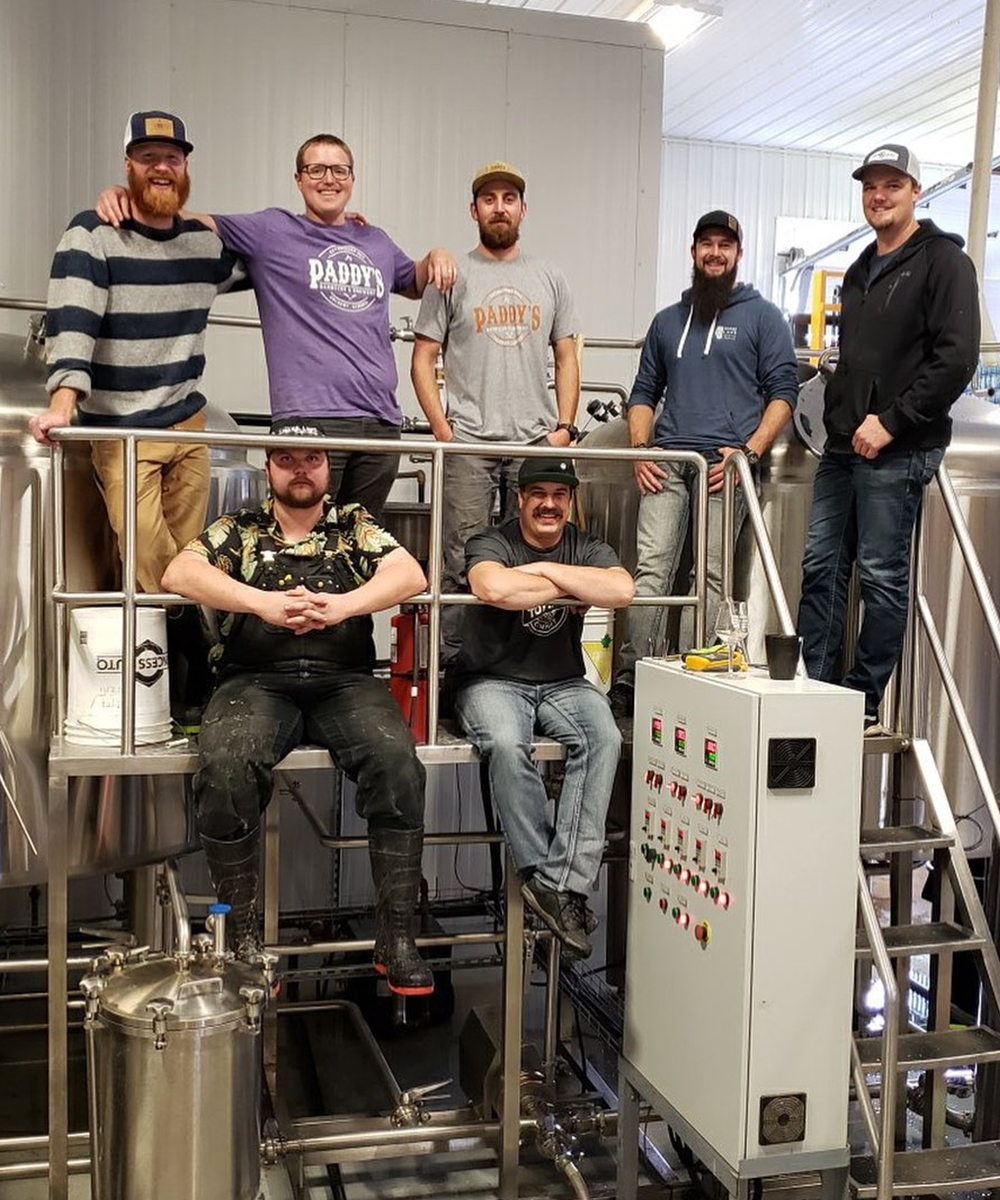Here is Sharon from Tiantai Beer Equipment Co., Ltd.
Welcome to visit our brewery equipment website!
The choice between a plate heat exchanger and a tubes&shell heat exchanger is a common question often asked by our customers, it depends on various factors, including the specific application, operating conditions, required heat transfer capacity, and space limitations. Let's discuss the characteristics of each type to help you make an informed decision:
Plate Heat Exchanger:

A plate heat exchanger consists of a series of metal plates with intricate patterns, which create a large surface area for heat transfer. The plates are typically made of stainless steel or titanium and are sealed with gaskets. The main advantages of plate heat exchangers are:
High Heat Transfer Efficiency: The large surface area and turbulent flow created between the plates promote efficient heat transfer.

Compact Size: Plate heat exchangers have a high heat transfer surface area-to-volume ratio, making them suitable for applications with space limitations.
Easy Maintenance: The modular design of plate heat exchangers allows for easy inspection, cleaning, and replacement of plates or gaskets.
Flexibility: Plate heat exchangers can be easily modified or expanded to accommodate changing heat transfer requirements.
Tubes&Shell Heat Exchanger:

Tube heat exchangers, as the name suggests, consist of a bundle of tubes through which the heat exchange occurs. The tubes are typically made of materials such as copper, stainless steel, or carbon steel. Some advantages of tube heat exchangers are:
Versatility: Tube heat exchangers can handle a wide range of fluids, including corrosive or fouling substances, making them suitable for various industrial applications.
High Pressure and Temperature Resistance: Tube heat exchangers can withstand high pressures and temperatures, making them suitable for demanding operating conditions.
Longevity: Tubes can be made of durable materials, providing good resistance to corrosion and erosion, resulting in a longer lifespan.
Cost-Effective for High Volumes: Tube heat exchangers are often more cost-effective for applications with high heat transfer capacities and large volumes of fluid.
In summary, plate heat exchangers are well-suited for applications where high heat transfer efficiency and compact size are important factors, which are frequently used in most breweries; while tubes heat exchangers excel in applications with high-pressure, high-temperature, or corrosive fluids, as well as for large heat transfer capacities. It's important to consider the specific requirements of your application and consult with heat exchanger manufacturers or engineers to determine the most suitable type for your needs.

Other configurations and more details to be discussed to meet your personal demands and special requests, we shall be honored to support you build your brewery dream in any way we can.
Feel free to contact me anytime for more interested information please!
Sharon
Email: [email protected]










Get A Quote